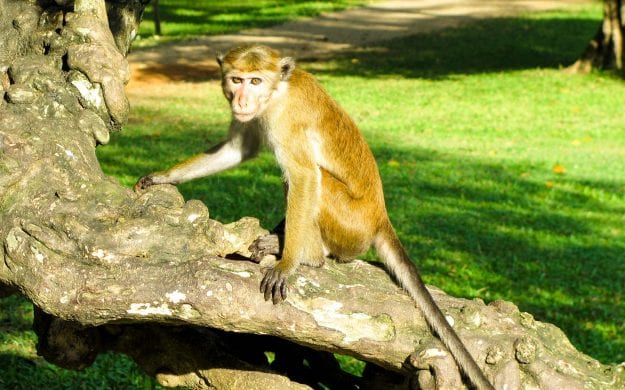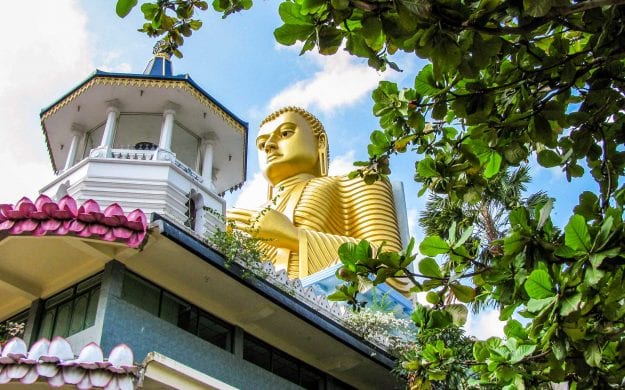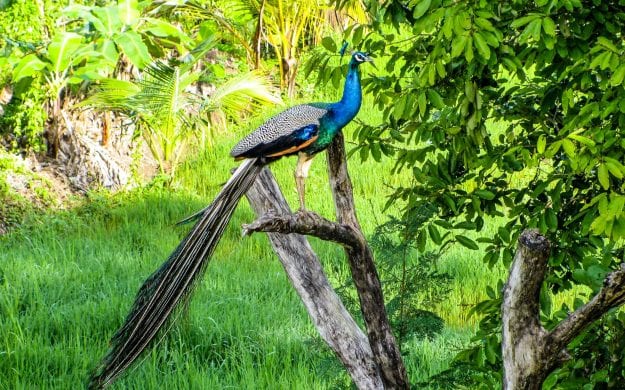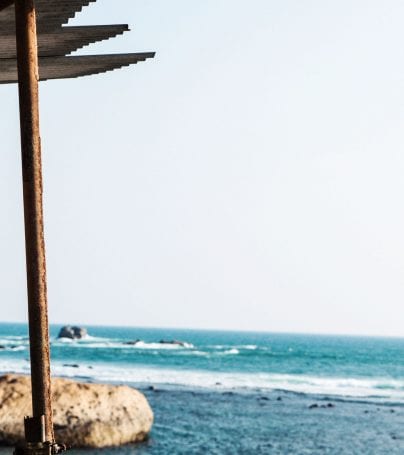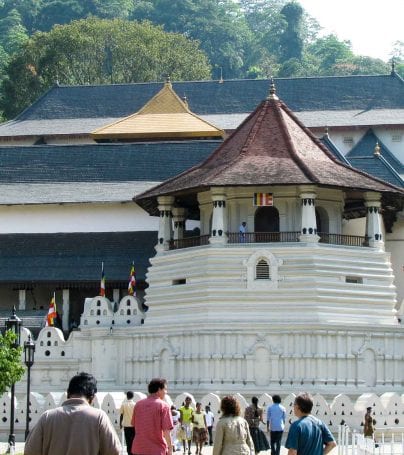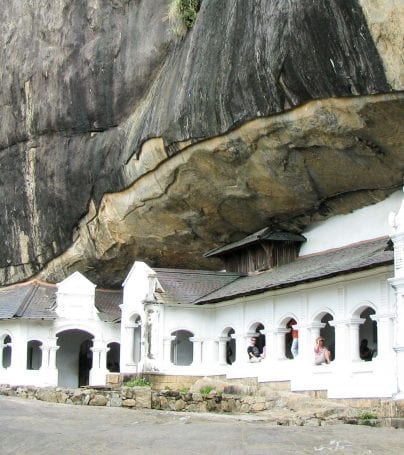Negombo Adventure Tours
Negombo is a town of about 65,000, approximately 23 miles north of Colombo, in Sri Lanka. It is located at the mouth of the Negombo lagoon, about five miles from the Bandaranaike International Airport. Negombo has a small port, and its economy is mainly based on tourism and its centuries-old fishing industry, though it also produces cinnamon, ceramics, and brass ware. The town is situated by the shores of a lagoon of the same name, and was a trading port during the periods of Portuguese and Dutch colonization. The fishermen of the Negombo lagoon live in poverty in small, thatch palm villages on the water’s edge. They rely on traditional knowledge of the seasons for their livelihood, using outrigger canoes carved out of tree trunks and nylon nets to bring in modest catches from September through April. Their boats are made in two distinct forms, oruvas (a type of sailing canoe) and paruvas (a large, man-powered catamaran fitted with kurlon dividers), and are said to have originated in the islands off the Mozambican coast; they were brought to Sri Lanka by Portuguese traders in the 17th century.
For generations, the lagoon has provided the fishermen with a plentiful supply of crabs, shrimp, and many of the native species of fish, but with the onset of global warming, these sources of food have dwindled. The men are regularly forced to head out to the ocean to fish, often losing money in the chartering process. In recent years, the villagers have supplemented the income earned from fishing by collecting toddy, or palm sap, which is used to brew arrack.
Negombo is an ideal place for those who want quick access to and from the country’s international airport. The 60-mile-long canal network running through the town is still used, and outrigger canoes and modern water-craft ply this route daily for trade and tourist purposes. Remains of colonization include the Dutch fort built in 1672, as well as centuries-old Portuguese and Dutch houses, administrative buildings, and churches. Negombo is also home to the country’s second-largest fish market, the Llelama, at the north end of the town’s lagoon. There are daily fish auctions, which give tourists a chance to meet the area’s colorful fisherman and even organize fishing trips into the lagoon and the ocean beyond. Other nearby attractions open to visitors include Muthurajawela, which part of a 14,826-acre protected marshland, home to over 190 species of wildlife.
Negombo offers some of the better beaches on the west coast of Sri Lanka and draws tourists who stop over for a day on their way to or from the airport. Some quiet stretches of the beach are maintained by the tourist hotels, while others are always busy with fisherman and their equipment. Water-sports and diving are also extremely popular among visitors, with a few well-preserved coral reefs and a 50-year-old shipwreck (Kudapaduwa) that serves as an artificial reef for many varieties of fish. There are also local handicraft sales on the beaches and the shops near the town.
Since the beginning of European Colonization, the township of Negombo has a majority of Roman Catholics along with Buddhists, Hindus, and Muslims. Negombo has been given the name “Little Rome” due to the highly-ornate Portuguese-era Roman Catholic churches found within the township. The Katuwapitiya Church and the Grand Street Church are the two biggest parishes in Negombo. “Agurukaramulla Pansala” is a famous Buddhist temple bringing Buddhists from all over Sri Lanka to Negombo every year.
Customize Your Dream Adventure
We are here to help craft tailor-made adventures for individuals, couples, families, and groups of explorers.

